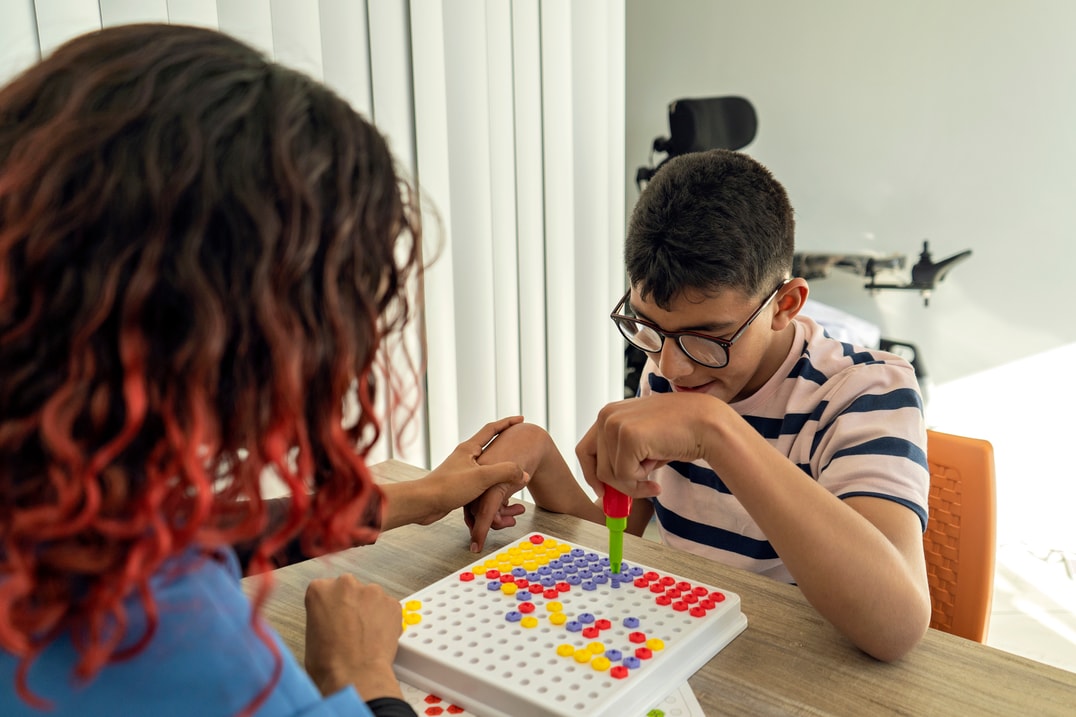For most people with disability – as well as carers, family members and friends – the decision to move out of the family home is bittersweet.
There’s pride and excitement, but there can also be anxiety at the prospect of stepping away from a familiar, safe environment to forge your own path.
Emotions aside, there are practical things to think about. Finances, in particular, need to be considered carefully before a person with disability decides to live independently or in accommodation with Supported Independent Living (SIL).
What is SIL and how much does it cost?
When living in disability accommodation, SIL is a paid personal support. It is funded by the NDIS, the Australian government agency responsible for allocating funding to people with disability to help lead a normal life, based on the support you require.
Depending on your lifestyle, goals and individual needs, the cost of living in supported accommodation will vary.
Generally, there are two kinds of expenses that every resident needs to cover in a shared home:
- Daily support expenses – this is to cover any help needed for personal care, preparing meals and/or supervision to carry out one’s daily tasks. It is important to note that NDIS funding only covers this category of expenses.
- Living or lifestyle expenses – all other living costs, including rent, utilities or any other lifestyle choices need to be paid by you, either through your Disability Support Pension (if you are eligible), your own sources of funding, or a combination of the two.
What is the process of getting NDIS funding for SIL?
If you’re eligible, the NDIS will cover daily support for living, therapeutic support, any home or vehicle modifications, and transport and mobility equipment.
However, navigating the complicated regulations of NDIS is easier said than done.
Your Support Coordinator or NDIS planner can work with you to make this journey easier, with understanding your goals and the level of support you might need, by asking questions like:
- Are you looking for a shared accommodation or an individual house?
- Do you need constant support or is irregular day support more suitable?
- Do you have any cultural or lifestyle preferences?
All of this information goes into creating a unique home and support plan, which becomes the blueprint when applying for NDIS funding. You can get in touch with our Vacancy Coordination team to help put together some of this information.
How much funding can you get from NDIS?
This depends. Your NDIS funding comes down to your individual needs and goals.
Funding also depends on the type of housing you prefer. You may want to live alone, in shared accommodation, or some other supported living option. Your choice here will impact your level of funding.
After receiving your home and support plan, NDIS will also do their own independent research to determine how much support you need. To do this, they may contact your health practitioner, family members and close friends.
Other factors which are taken into consideration include the ratio of support needed for every participant in shared accommodation, the type of support required and the roster of care available with the SIL provider of choice.
Taking all of the above into account, NDIS will finally arrive at an approved amount of funding for you. If you’re unhappy with their decision, you can request a review.
Will this funding also cover the house I live in?
No. For that you will need to obtain Specialist Disability Accommodation funding. It allows you to live in a shared home with disability supports that are tailored to your individual needs. Typically, those with complex physical, sensory, cognitive or otherwise functional impairment can apply for SDA funding.
Usually those who get SDA funding will also have SIL support to help them navigate their daily lives. But the process of applying for SDA and SIL funding is separate and it’s worth remembering that only the person and not the home gets the funding. So you are free to choose where to live and which provider you want to retain in the future.
Does NDIS also decide which SIL provider is best for me?
NDIS leaves this decision to you, as long as the SIL provider’s roster of care falls within the approved funding limits.
While you are free to go with your SIL provider of choice, it is important to do your research. Look for a registered provider with a credible track record of delivering the services they promise. Scope is a registered SIL provider since 2016 and has been working in the disability sector for the last 70 years. Our team of qualified support staff, therapists and health professionals are passionate about making a difference to the lives of people with disability.
We’d be very happy to meet with you and help you choose the accommodation that fits your needs, goals and importantly, budget. You can also download our free guide to understanding SIL.
This is the first of a two part series about expenses incurred while living in a SIL home. In this article, we look at daily support expenses and the funding options available.


